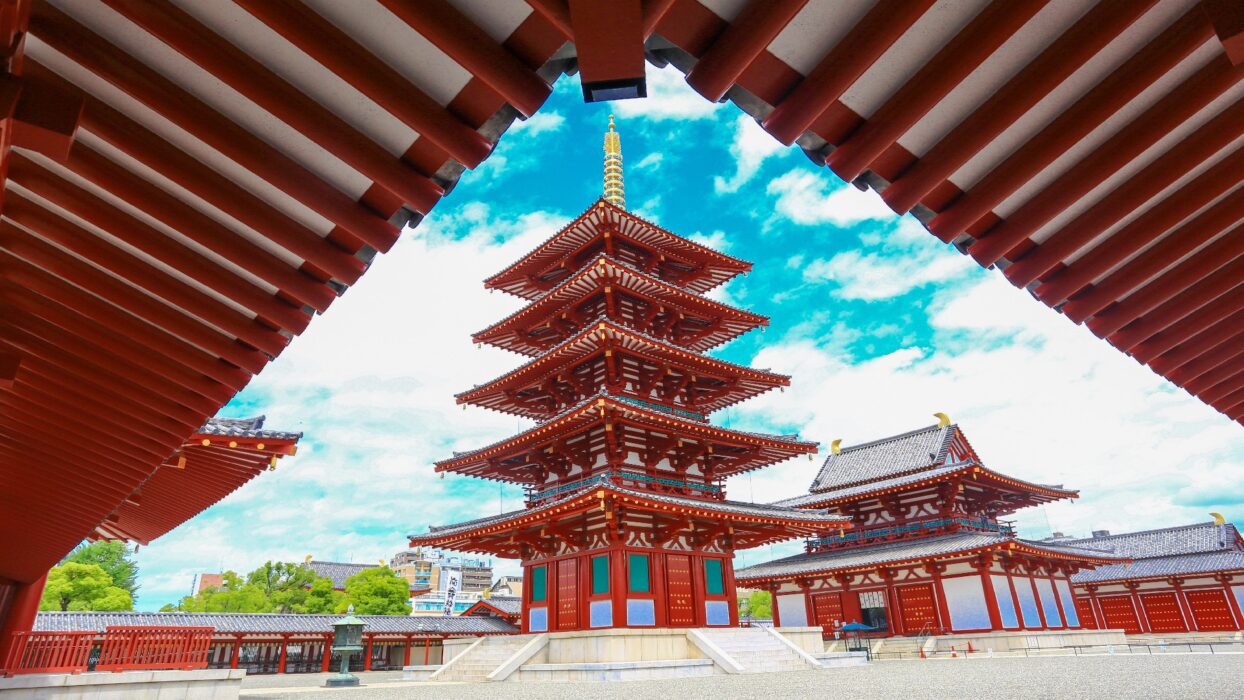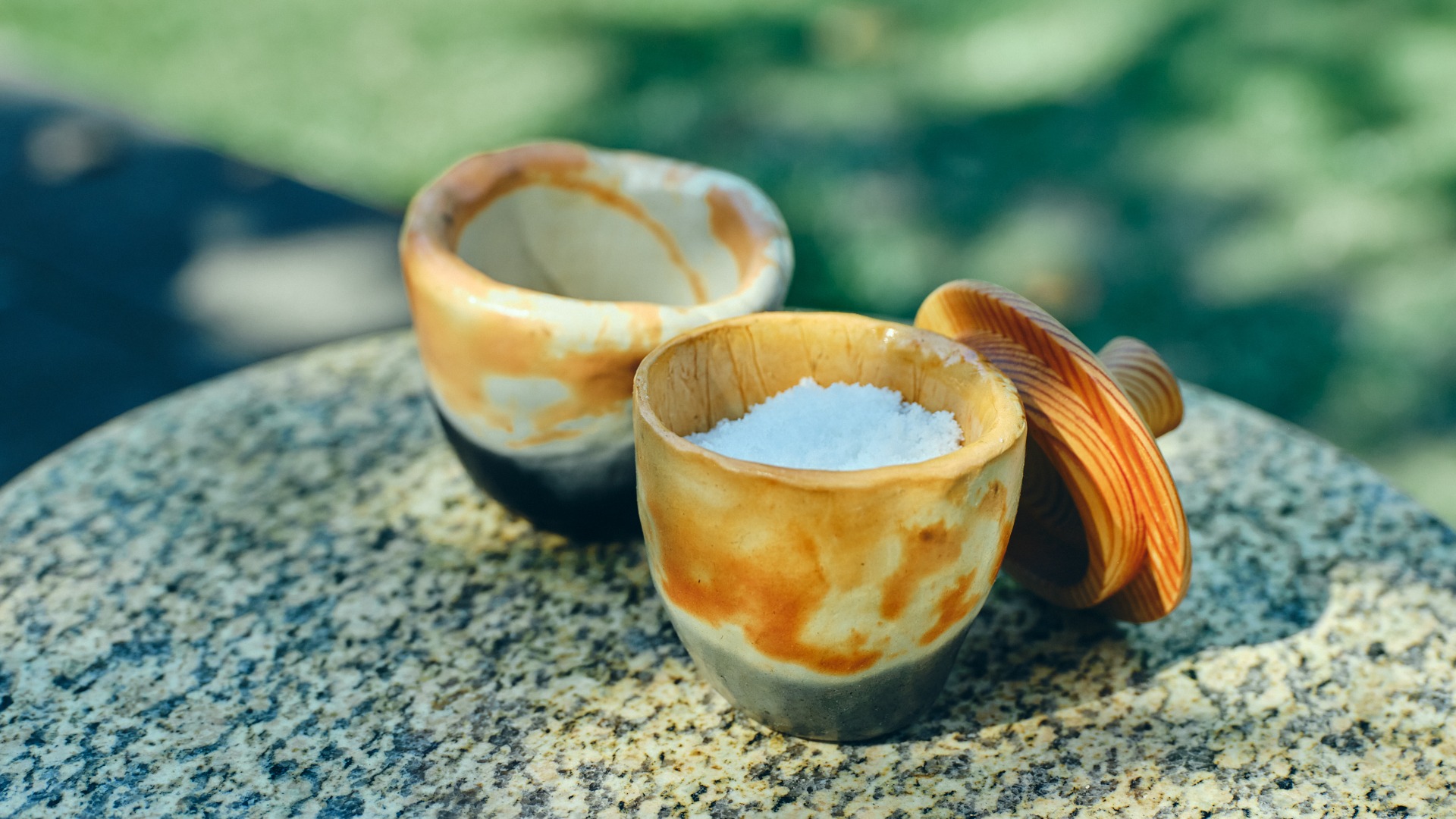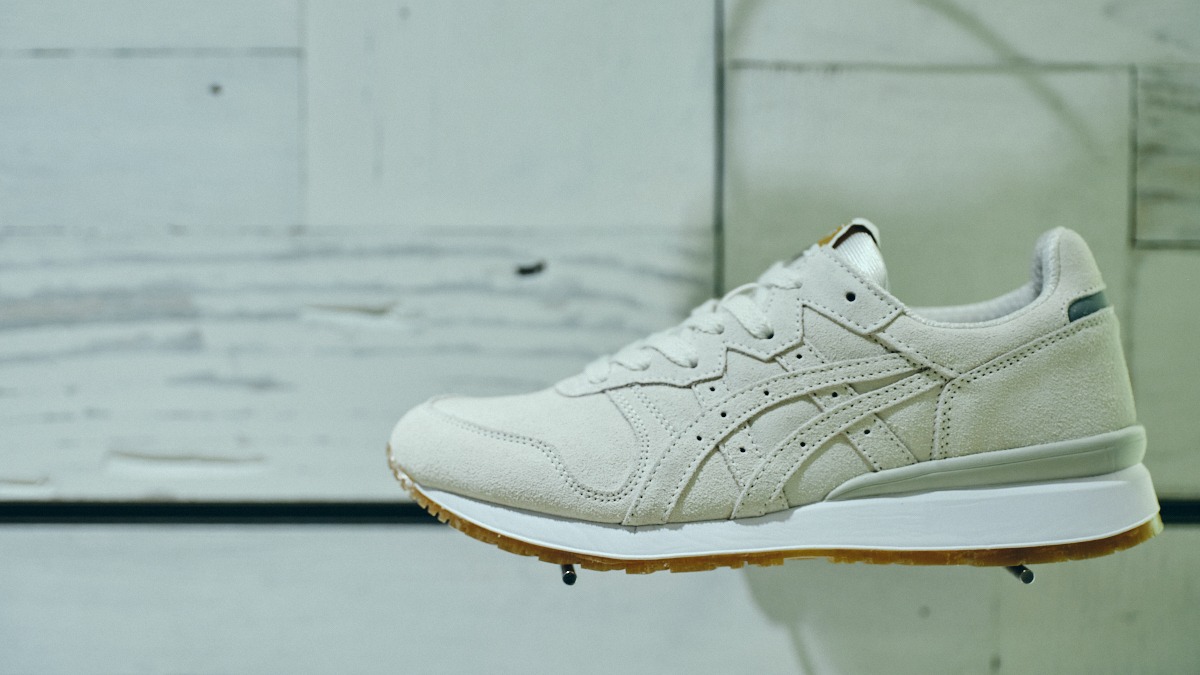Introduction
Kyoto, a city steeped in history and tradition, is not just a feast for the eyes with its stunning temples and gardens; it’s also a culinary treasure trove waiting to be explored. At the heart of this gastronomic adventure lies the Kyoto fish market, a cultural and culinary hub that pulses with life and flavor. This bustling marketplace is not only a place to buy fresh seafood but also a vibrant gathering spot where locals and visitors alike come to indulge in the rich tapestry of Kyoto’s food scene. From the delicate flavors of seasonal catches to the lively chatter of vendors, the fish market is a must-visit for anyone eager to savor the true essence of Kyoto seafood.
Kyoto Fish Market: A Culinary Paradise Awaits
Step into the Kyoto fish market, and you’ll be greeted by a sensory overload that will leave your taste buds tingling with anticipation. The air is filled with the briny scent of the ocean, mingling with the sounds of fishmongers calling out their freshest catches of the day. This market is a bustling center for fresh seafood in Kyoto, showcasing an impressive variety of fish and shellfish sourced from local waters. Whether you’re a sushi aficionado or a curious foodie, there’s something here to tantalize everyone’s palate.
As you wander through the market, you’ll encounter everything from glimmering mackerel to vibrant octopus, all displayed with pride by the dedicated vendors. Each stall tells a story, reflecting the rich fishing traditions of the region and the deep respect for seasonal offerings that Kyoto is known for. The atmosphere is electric, with locals haggling over prices and chefs selecting the finest ingredients for their restaurants. It’s a place where culinary magic happens, and every corner holds the promise of a delicious discovery.
Seasonal Seafood Delights: What to Expect Throughout the Year
One of the most captivating aspects of Kyoto food culture is the celebration of seasonal seafood. Each season brings its own unique offerings, making every visit to the market a fresh experience. In spring, keep an eye out for Tai (sea bream) and Karei (flatfish), both prized for their delicate flavors. Summer introduces Anago (conger eel) and Ika (squid), perfect for light, refreshing dishes that are ideal for warm weather.
As autumn arrives, the market showcases Sanma (mackerel pike) and Katsuo (bonito), both of which are celebrated in traditional Japanese cuisine. Finally, winter brings the highly sought-after Fugu (pufferfish) and Kanburi (winter yellowtail), known for their rich, buttery textures. Sampling these seasonal delights is not just about enjoying a meal; it’s about connecting with the land and sea, experiencing the rhythm of nature as it unfolds.
Nishiki Market: The Heart of Kyoto’s Food Scene
No exploration of Kyoto’s culinary offerings would be complete without a visit to Nishiki Market. Originally a fish market, this vibrant destination has evolved into a food lover’s paradise, showcasing an array of local delicacies that go beyond just seafood. As you stroll through its narrow lanes, you’ll encounter stalls brimming with colorful produce, artisanal snacks, and mouthwatering sweets.
The market’s history is as rich as its offerings, with roots that date back over 400 years. Today, it serves as a testament to Kyoto’s culinary heritage, where traditional recipes are passed down through generations. Each vendor has a story to tell—like the elderly couple who have been selling their famous pickles for decades or the young chef who crafts innovative dishes using traditional ingredients. At Nishiki Market, every bite is an adventure, and every visit is an opportunity to connect with the heart of Kyoto’s food scene.
Must-Try Fish Dishes in Kyoto: A Culinary Adventure
As you wander through the market, don’t miss the chance to sample some of Kyoto’s iconic fish dishes that are sure to delight your taste buds. Start with Sashimi, where the freshest fish is sliced to perfection and served with soy sauce and wasabi. For something warm and comforting, Yudofu (tofu hot pot) featuring delicate fish and seasonal vegetables is a must-try, especially during colder months.
Another local favorite is Kyo-zukushi, a traditional Kyoto-style dish that showcases a variety of seasonal ingredients, including fish, beautifully arranged on a platter. And for a unique treat, try Tako-tamago, a delightful sweet made with baby octopus stuffed with a quail egg, often found at street stalls. Each of these dishes not only tantalizes the palate but also tells a story of Kyoto’s rich culinary traditions, making them unforgettable experiences for any food lover.
Exploring Kyoto’s Street Food Scene: Beyond the Fish Market
While the Kyoto fish market is a seafood lover’s paradise, the surrounding streets are alive with a different kind of culinary magic—street food! Just a stone’s throw from the market, you’ll find an array of food stalls and carts offering mouthwatering treats that capture the essence of Kyoto’s culinary heritage.
One local favorite is Yaki-tori, skewered and grilled chicken that’s seasoned to perfection. The smoky aroma wafts through the air, drawing you in for a bite. Then there’s Takoyaki, delightful little balls filled with tender octopus and drizzled with savory sauces—perfect for a quick snack as you stroll. Don’t forget to try Korokke, a crispy croquette often filled with creamy seafood or vegetables, making it a hearty option for those with a big appetite.
For dessert, indulge in Mochi, a sweet rice cake that comes in various flavors, often filled with red bean paste or ice cream. These treats are not just delicious but also a fun way to experience Kyoto’s vibrant street food culture. If you’re feeling adventurous, consider joining a street food tour to discover hidden gems and local favorites that you might otherwise miss!
Practical Tips for Visiting Kyoto Fish Market
Ready to explore the Kyoto fish market? Here are some handy tips to help you make the most of your visit:
- Opening Hours: The market typically opens early in the morning around 5 AM, but the best time to visit is between 7 AM and 10 AM when the vendors are bustling with activity.
- Payment Methods: Many vendors accept cash, but some may also take credit cards. It’s a good idea to carry some yen for smaller stalls.
- Etiquette: Always be respectful to vendors. If you want to take photos, ask for permission first. Sampling is encouraged, but be mindful of the vendors’ rules.
- Stay Hydrated: With all the delicious food to try, don’t forget to drink plenty of water, especially during warmer months.
These simple tips will enhance your experience at the market, allowing you to savor every moment and every bite!
Transportation Tips: Getting to Kyoto Fish Market with Ease
Getting to the Kyoto fish market is a breeze, thanks to the city’s efficient public transport system. If you’re starting from Kyoto Station, hop on the Karasuma Subway Line and ride to Shijo Station. From there, it’s just a short 10-minute walk to the market. Alternatively, you can take a bus; several routes will drop you close to the market entrance.
If you’re staying near Nishiki Market, you’re in luck! It’s just a short stroll away, making it easy to combine your visits to both culinary hotspots. For those who prefer a more scenic route, consider renting a bike to explore the area at your own pace. Cycling through Kyoto’s charming streets will not only get you to your destination but also allow you to soak in the beautiful sights along the way!
Sustainability and Conservation: Kyoto’s Seafood Practices
As you enjoy the delicious offerings at the fish market, it’s heartening to know that many vendors are committed to sustainable fishing practices. These practices help ensure that the seafood you’re savoring is not only fresh but also responsibly sourced. Some vendors proudly display certifications that highlight their commitment to sustainability, so keep an eye out for those!
Additionally, many local seafood restaurants in Kyoto are partnering with fishermen who prioritize eco-friendly practices. This collaboration not only supports the local economy but also helps preserve marine ecosystems for future generations. By choosing to dine at these establishments, you’re contributing to a positive impact on the community and the environment.
Festivals and Events: Celebrating Kyoto’s Culinary Heritage
Kyoto’s food scene isn’t limited to just the markets; it comes alive during various food festivals throughout the year. One of the highlights is the Kyoto Food Festival, where local chefs showcase their culinary skills, and visitors can sample a wide range of dishes, including many seafood specialties. Mark your calendars for this event, as it’s a fantastic opportunity to explore Kyoto’s rich culinary culture in a festive atmosphere.
Another notable event is the Gion Matsuri, celebrated in July, which features food stalls offering traditional dishes, including various seafood delights. Participating in these festivals not only allows you to taste incredible food but also immerses you in the vibrant culture and traditions of Kyoto.
Food Photography Tips: Capturing Your Kyoto Experience
With so many visually stunning dishes and vibrant market scenes, you’ll want to capture every moment of your culinary adventure in Kyoto. Here are some tips for taking great food photos:
- Natural Light: Try to take photos in natural light for the best results. Early mornings at the market provide beautiful soft light.
- Angles Matter: Experiment with different angles. Overhead shots work well for flat dishes, while side angles can highlight layers and textures.
- Include Context: Capture the atmosphere by including market stalls or vendors in your shots. This adds depth and tells a story about your experience.
- Don’t Forget the Details: Close-ups of unique ingredients or dishes can showcase the artistry of Kyoto’s culinary scene.
With these tips, you’ll be able to take stunning photos that will make your friends drool and inspire them to visit!
Shopping Guide: Souvenirs and Local Products
As you stroll through the Kyoto fish market and nearby Nishiki Market, keep an eye out for unique souvenirs that capture the flavors of Kyoto. Local artisans sell a variety of products, from handmade ceramics to traditional kitchenware that makes for perfect gifts.
Don’t miss out on Kyoto’s famous pickles, known as Tsukemono, which come in various flavors and make for a delightful treat. You can also find artisanal soy sauces, sake, and even matcha products that are sure to impress your friends back home. These local products not only serve as wonderful reminders of your trip but also support the artisans who pour their heart and soul into their craft.
Commonly Asked Questions (FAQs) About Kyoto Fish Market
Curious about visiting the Kyoto fish market? Here are some common questions that might help you plan your trip:
- What are the best times to visit? The market is busiest in the mornings, so visiting around 7 AM to 10 AM will give you the best experience.
- Are there guided tours available? Yes, several local companies offer guided tours that provide insights into the market’s history and culinary offerings.
- What are the must-try dishes? Be sure to sample Sashimi, Yudofu, and Tako-tamago for an authentic taste of Kyoto!
Fun Facts About Kyoto Fish Market
Did you know that the Kyoto fish market has a rich history dating back centuries? Originally a small fishing village, it has grown into a bustling hub for seafood lovers. Here are some fun facts:
- The market was once primarily focused on fresh fish but has expanded to include a wide variety of local produce, snacks, and sweets.
- Many vendors have been in the business for generations, passing down their knowledge and skills to the next generation.
- Kyoto’s fish market is known for its commitment to quality, with strict standards for freshness and sustainability that vendors adhere to.
These tidbits not only highlight the market’s significance but also enhance your appreciation for the culinary adventure that awaits you!
As you wrap up your culinary journey through Kyoto, remember that the Kyoto fish market and its surroundings offer a delightful blend of flavors, traditions, and experiences waiting to be discovered. From the freshest seafood to the vibrant street food scene, each visit promises new and exciting tastes that celebrate Kyoto’s rich food culture. So grab your chopsticks, put on your walking shoes, and get ready to savor the unforgettable delights of Kyoto!





















